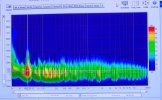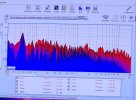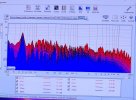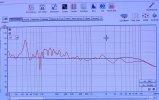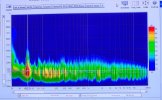OP
tommassing
Member
- Joined
- Mar 19, 2023
- Messages
- 34
- Likes
- 21
- Thread Starter
- #21
Um, it's close to an equallateral triangle. It's only off by a few inches. I'm about 9 feet from the speakers. I have tried moving speakers around a bit, but since this is my living room/kitchen/dining room area, I am kind of limited with where I can go. Moving the speakers does not give a very discernable difference in sound, but I haven't tried using a measurement mic as I move things around. That might be a little more revealing.Very interesting subject for a thread, thank you for the question.
How far are you sitting from your speakers, equilateral triangle, how loud are you listening?
Since I have changed my sitting position in my room, listening much closer, I found the sound to be much more alive, with very good punch.
Other variable are the recordings, some have punch, some don’t, no matter what.

